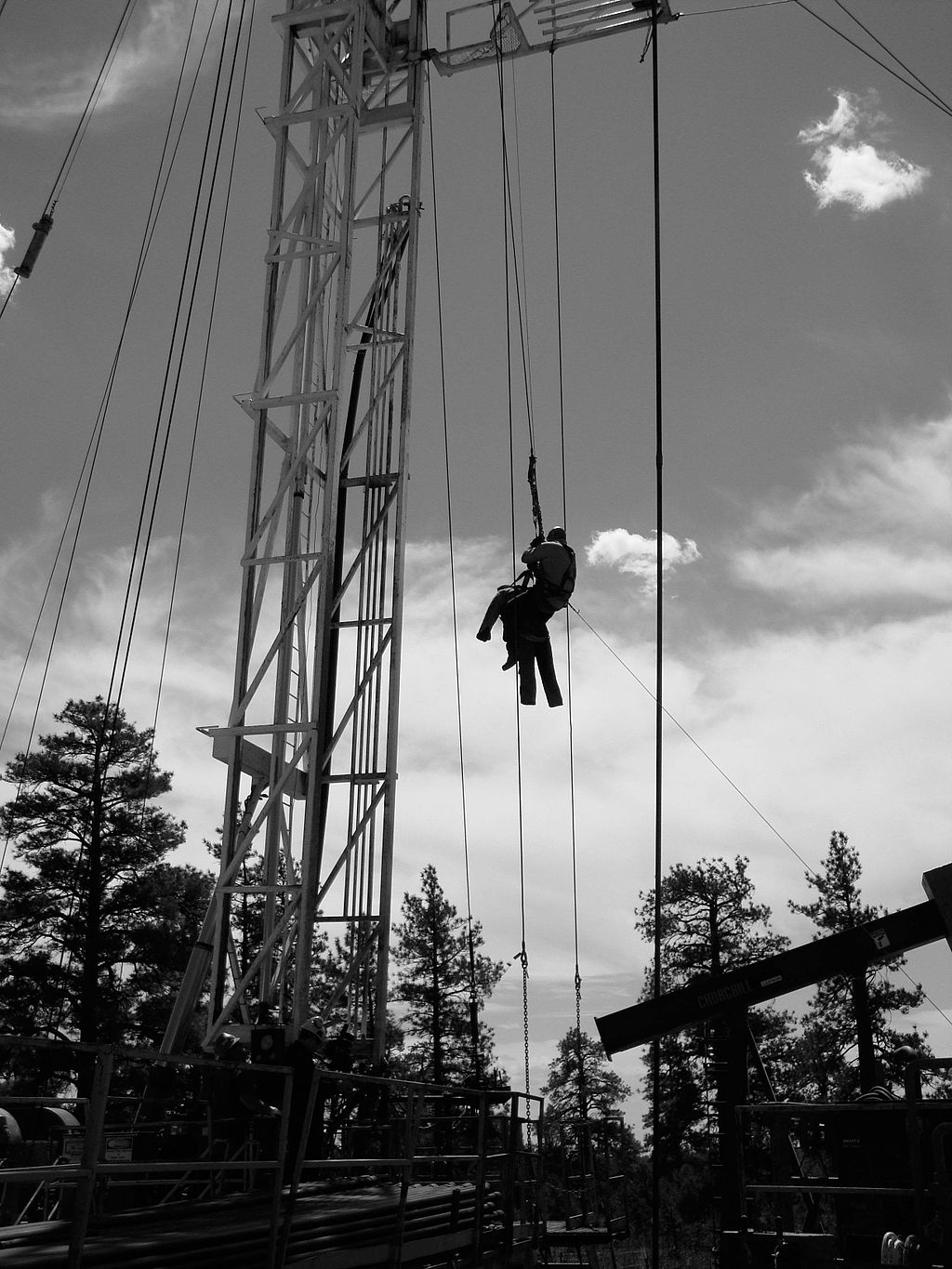
There is little doubt that workers in the oil and gas industry face a number of very serious risks while working at drilling sites and other areas. These accidents happen at a high rate, even though federal and Texas state laws require employers to provide their workers with the safest possible workplace at all times.
The annual statistics are fascinating. According to one statistical study, in one calendar year in Texas, in addition to the 65 workers who died on the job, 79 oil and gas workers lost limbs and 82 others were crushed, while 92 workers suffered serious burns, and 675 others broke bones in oil and gas industry workplace accidents that were properly reported to insurance carriers.
Among the most common Texas oil and gas accidents that lead to serious injuries include the following:
Heavy Equipment Failures
At virtually all oil and gas drilling sites, workers are required to operate a number of pieces of heavy equipment, in order to drill, pull pipe, mix mud or any number of other jobs. When that equipment fails, it can lead to disaster, including serious injuries. There are many reasons why heavy equipment fails, including improper maintenance, manufacturer’s defects, mechanical failures, improper usage that causes undue stress to the machine, or even inexperienced or improperly trained operators. Despite the many things that can happen at a jobsite, heavy machinery at job sites must be safe for workers who operate it at all times, that all such equipment be properly maintained and in good repair at all times and that all workers assigned to operate the equipment must receive adequate operational and safety training, so that everyone at the job site is kept as safe as possible.
Slips, Trips, and Falls
These types of injury-causing accidents are common throughout the oil and gas industry. Besides working around so many common hazards that can cause them to slip or fall, workers also are often forced to work long hours in very stressful environments, which can exacerbate the problem. Workers are often required to walk on platforms and equipment that are often located well above the ground. The work at heights increases the risk of a slip or a trip. While employers are required by OSHA and texas regulations to make sure all walking surfaces are safe and to make sure workers are safe when working at elevation, these are still among the most common accidents in the oil and gas industry.
Vehicle Accidents
Vehicle accidents at or near oil and gas worksites are also very common. These can include crashes, of course, but also rollovers at job sites and also collisions with stationary equipment, like heavy equipment. Many factors contribute to vehicle accidents at oil and gas drilling sites, including difficult driving conditions, reduced visibility, driver fatigue due to long and stressful hours, improperly maintained vehicles, or even alcohol or drug use.
Well Blowouts
A well blowout refers to the uncontrolled release of oil or gas during the drilling process. These blowouts are usually the result of pressure control systems in wells that sometimes fail. Modern oil and gas drilling operations contain blowout preventers that are designed to reduce the risk of a blowout, but these types of accidents still occur all too frequently. An accidental spark during a blowout can lead to a disastrous oil or gas fire. Investigations must be made into these accidents, but they are very complicated and can take a long time to resolve.
Fracking Accidents
The use of hydraulic fracturing (better known as “fracking”) has become increasingly common during the last couple of oil booms. It is popular because it works and because it makes Texas oil and gas exploration more productive. Fracking involves the high-pressure injection of water and sand into a borehole to create cracks in rock formations, so that oil and gas flow through. Of course, since fracking is inherently dangerous and because it has become more common, fracking accidents, especially those involving dangerous chemicals, have also become more common, as have the resultant injuries.
Fires and Explosions
Because of the nature of the materials they must work with, oil and gas workers must always deal with the risk of explosions and fires at the worksite. In addition to the natural risk inherent in working with oil and gas, wells, trucks, tanks and heavy equipment can also release gases that are flammable and can be ignited by anything from static electricity to friction or other heat or electrical sources or open flame. Another significant area of concern for workers in the oil and gas industry is the possibility of pressure buildup, which can serve to make a fire or explosion even more dangerous than normal. Fires and explosions can result in serious injuries or even fatalities for oil and gas workers.
Work Done in Confined Spaces
Workers in the oil and gas industry are often required to work in confined spaces, like storage containers and tanks. Working in confined spaces requires proper training, proper personal protective equipment and procedures that are in line with OSHA confined space standards. Working in confined spaces carries with it a number of workplace safety hazards, including asphyxiation, crushing accidents, exposure to dangerous levels of hazardous chemicals, and ignition of flammable vapors or gases. All of these combine to make working in confined spaces one of the most common causes of oil and gas industry accidents that lead to serious injuries.
